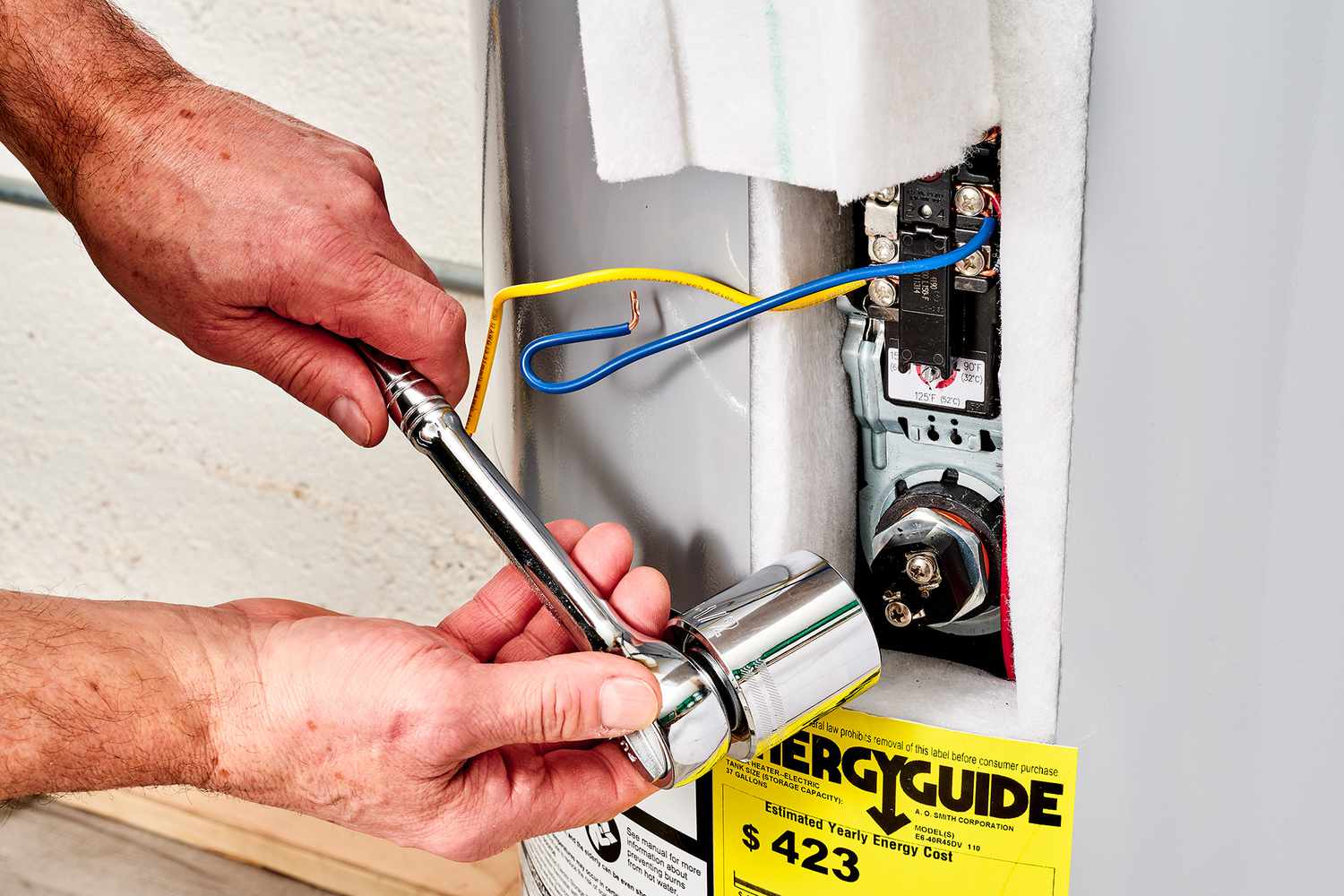

Articles
What Size Socket Is A Water Heater Element
Modified: February 22, 2024
Find out the correct socket size for a water heater element with our informative articles. Discover the essential information you need for hassle-free replacement.
(Many of the links in this article redirect to a specific reviewed product. Your purchase of these products through affiliate links helps to generate commission for Storables.com, at no extra cost. Learn more)
Introduction
Water heaters are a crucial component of any home, providing hot water for various household tasks, such as bathing, cleaning, and cooking. These appliances consist of different elements, including heating elements that play a vital role in heating the water inside the tank.
When it comes to replacing a water heater element, one important consideration is the size of the socket needed to remove and install the element. Understanding the correct socket size is essential to ensure a successful and hassle-free replacement.
In this article, we will dive into the topic of socket sizes for water heater elements. We will explore their significance and provide information on common socket sizes to help you determine the right one for your water heater.
Key Takeaways:
- Understanding the correct socket size for water heater elements is crucial to ensure a successful and hassle-free replacement, preventing damage and improving efficiency.
- By determining the correct socket size and having the necessary tools on hand, you can confidently replace a water heater element, ensuring the longevity and functionality of your water heater.
Read more: How To Check Water Heater Element
Understanding Water Heater Elements
Before delving into socket sizes for water heater elements, it is essential to have a basic understanding of these elements themselves. Water heater elements are responsible for heating the water stored in the tank and are typically made of a durable material, such as copper or stainless steel.
There are two main types of water heater elements: the upper and lower elements. In most conventional water heaters, the lower element is the primary source of heat, while the upper element serves as a backup or supplemental heat source.
These elements are powered by electricity and are designed to resist the corrosive effects of water and minerals. Over time, however, water heater elements may wear out or become faulty, requiring replacement.
When replacing a water heater element, it is crucial to consider the correct socket size to avoid damaging the element or the surrounding components. Using an improperly sized socket can result in stripped threads, rounded edges, or other forms of damage that can complicate the replacement process.
Now that we have a basic understanding of water heater elements, let’s explore why socket size is important when it comes to their replacement.
Importance of Socket Size
The socket size plays a crucial role in the replacement of water heater elements. It determines the compatibility and effectiveness of removing and installing the element without causing any damage or complications.
Using the wrong socket size can lead to a variety of issues. If the socket is too small, it may not fit over the element properly, making it difficult to apply enough force to loosen or tighten the element. This can result in stripped or damaged threads on the element, making future replacements even more challenging.
On the other hand, if the socket is too large, it can slip or wobble while attempting to remove or install the element. This can increase the risk of damaging nearby components or creating leaks in the water heater tank.
By using the correct socket size, you can ensure a secure and snug fit over the element, allowing you to effectively apply the necessary force without the risk of damaging the threads or causing leaks. It improves the overall efficiency and success of replacing the water heater element.
Socket size is also important for the longevity of your tools. Using the wrong socket size can put unnecessary strain on the socket wrench, causing it to slip or wear out more quickly. By using the correct size, you can prevent premature wear and tear on your tools, increasing their durability and lifespan.
Now that we understand the importance of socket size, let’s explore the common socket sizes used for water heater elements.
Common Socket Sizes for Water Heater Elements
There are several common socket sizes used for water heater elements, depending on the specific type and model of the water heater. The most commonly encountered socket sizes include:
- 1-1/2-inch Socket: This socket size is commonly used for 1-1/2-inch NPT (National Pipe Thread) water heater elements. It is a popular size for many residential water heaters and is readily available in most socket wrench sets.
- 1-1/4-inch Socket: Similar to the 1-1/2-inch socket, the 1-1/4-inch socket is used for 1-1/4-inch NPT water heater elements. This size is commonly found in older water heaters or some commercial models.
- 1-7/8-inch Socket: The 1-7/8-inch socket is typically used for 1-7/8-inch NPT water heater elements found in larger commercial or industrial water heaters. It is less common in residential settings but may be necessary for specific applications.
- Electric Water Heater Element Wrench: In some cases, water heater elements are designed with a specialized hexagonal shape instead of the standard NPT thread. These elements often require a dedicated electric water heater element wrench, which provides a precise fit for the unique shape.
It is important to note that the socket size required for your water heater element may vary depending on the specific make, model, and manufacturer. Always consult the manufacturer’s documentation or instructions for the correct socket size to use.
Now that you have an understanding of the common socket sizes for water heater elements, let’s discuss how to determine the correct socket size for your specific water heater element.
When determining the size of the socket needed for a water heater element, it’s important to measure the width of the element’s hexagonal head. Most water heater elements require a 1 1/2 inch socket for removal and installation.
Determining the Correct Socket Size for Your Water Heater Element
When it comes to determining the correct socket size for your water heater element, there are a few steps you can follow:
- Consult the Manufacturer’s Documentation: The first and most reliable source of information is the manufacturer’s documentation. Check the owner’s manual or any accompanying instructions for the recommended socket size. This will provide you with the most accurate and specific information for your water heater model.
- Measure the Element’s Diameter: If you are unable to find the recommended socket size in the manufacturer’s documentation, you can measure the diameter of the element itself. Use a caliper or a measuring tape to take the measurement across the flats of the hexagonal head. This will give you the approximate size needed for the socket.
- Test with Various Socket Sizes: If you are still uncertain about the correct socket size, you can try using different socket sizes to see which one fits most snugly over the element. Start with the most common sizes mentioned earlier and gradually try larger or smaller sizes until you find the one that provides the best fit.
- Seek Professional Assistance: If you are unsure or uncomfortable with determining the correct socket size for your water heater element, it is recommended to seek professional assistance. A plumber or water heater technician will have the expertise and experience to determine the appropriate socket size and perform the replacement safely and effectively.
Remember, it is crucial to use the correct socket size to avoid damaging the water heater element or other components of the water heater. Taking the time to find the proper socket size will ensure a smooth and successful replacement process.
Now that we have covered the process of determining the correct socket size, let’s discuss the tools needed for replacing a water heater element.
Read more: How To Replace Element In Water Heater
Tools Needed for Replacing a Water Heater Element
Replacing a water heater element requires a few essential tools to ensure a smooth and successful replacement process. Here are the tools you will typically need:
- Socket Wrench: A socket wrench is a versatile tool used for fastening and loosening nuts and bolts. It is essential for removing and installing the water heater element. Make sure to use a socket wrench with the correct size socket that fits snugly over the element.
- Sockets: Depending on the size of your water heater element, you may need specific-sized sockets. The most common socket sizes for water heater elements are 1-1/2 inch, 1-1/4 inch, and 1-7/8 inch. Ensure that you have the correct size sockets to match the element you are working with.
- Screwdriver: A screwdriver is useful for various tasks during the replacement process, such as removing and securing screws and wire connections. Choose a screwdriver with a comfortable grip and the appropriate size and type of tip for the screws you will encounter.
- Electrical Tester: An electrical tester, such as a voltage tester or multimeter, is essential for ensuring the power to the water heater is turned off before starting the replacement process. This tool helps prevent electric shock and ensures your safety.
- Teflon Tape: Teflon tape, also known as plumber’s tape, is used to create a watertight seal when reassembling the water heater elements and connections. Apply a few wraps of Teflon tape around the threaded portion of the element to prevent leaks.
- Bucket or Container: Having a bucket or container nearby is necessary to catch any water that may spill when removing the element. This helps prevent water damage and keeps the work area clean.
- Rags or Towels: Keep rags or towels handy to wipe up any spills or drips during the replacement process. This helps maintain a clean and safe working environment.
Remember to always follow the manufacturer’s instructions and exercise caution when working on your water heater. If you are unsure about any aspect of the replacement process or lack the necessary tools, it is recommended to seek professional assistance from a plumber or water heater technician.
Now that you are equipped with the knowledge of the tools needed, you are ready to successfully replace your water heater element.
Conclusion
Understanding the socket size for water heater elements is crucial when it comes to replacing them. Using the correct socket size ensures a secure fit, prevents damage to the element or surrounding components, and improves the overall effectiveness of the replacement process.
In this article, we explored the significance of socket size and its impact on replacing water heater elements. We discussed the common socket sizes for water heater elements, including 1-1/2 inch, 1-1/4 inch, and 1-7/8 inch sockets. We also highlighted the importance of determining the correct socket size for your specific water heater element and provided steps to help you do so.
Additionally, we covered the essential tools needed for replacing a water heater element, including a socket wrench, sockets, screwdriver, electrical tester, Teflon tape, bucket or container, and rags or towels. Having these tools on hand ensures a smooth and successful replacement process.
Remember, when working on your water heater, always prioritize safety. Turn off the power supply, follow the manufacturer’s instructions, and consider seeking professional assistance if you are unsure or uncomfortable with the process.
By understanding the importance of socket size and having the necessary tools, you can confidently replace a water heater element when needed. Proper maintenance and timely replacement of elements will help ensure the longevity and functionality of your water heater, providing you with consistent hot water for all your household needs.
So, when it comes to replacing a water heater element, remember to find the right socket size, gather the necessary tools, and follow the proper procedures. With these guidelines in mind, you’ll be well-prepared to tackle this home maintenance task.
Frequently Asked Questions about What Size Socket Is A Water Heater Element
Was this page helpful?
At Storables.com, we guarantee accurate and reliable information. Our content, validated by Expert Board Contributors, is crafted following stringent Editorial Policies. We're committed to providing you with well-researched, expert-backed insights for all your informational needs.
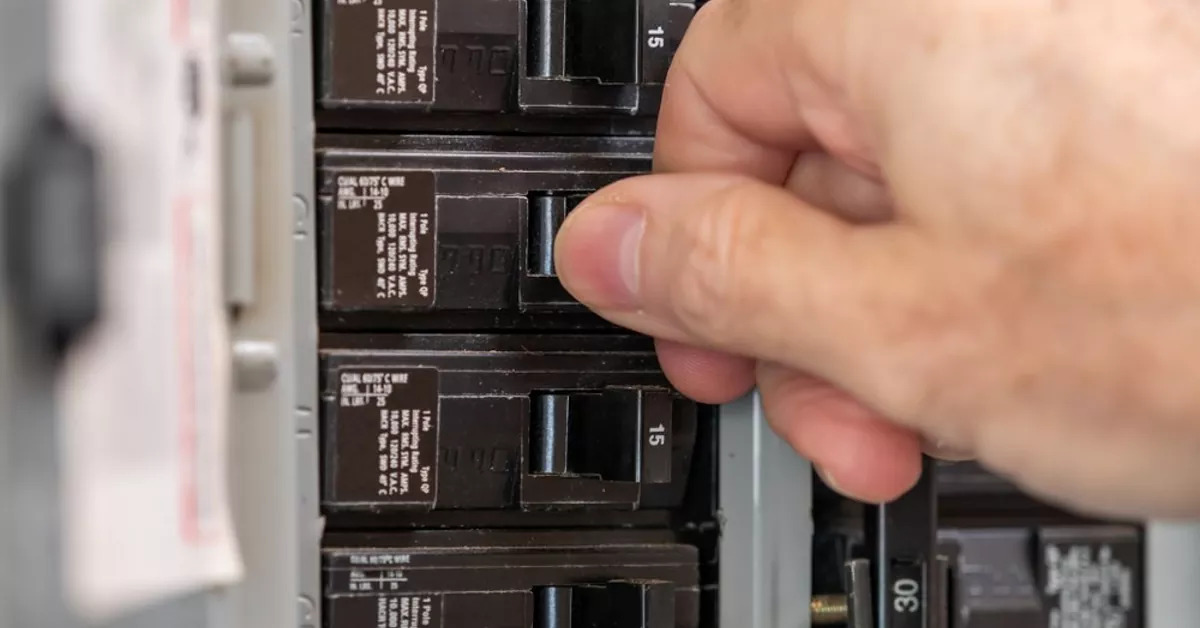
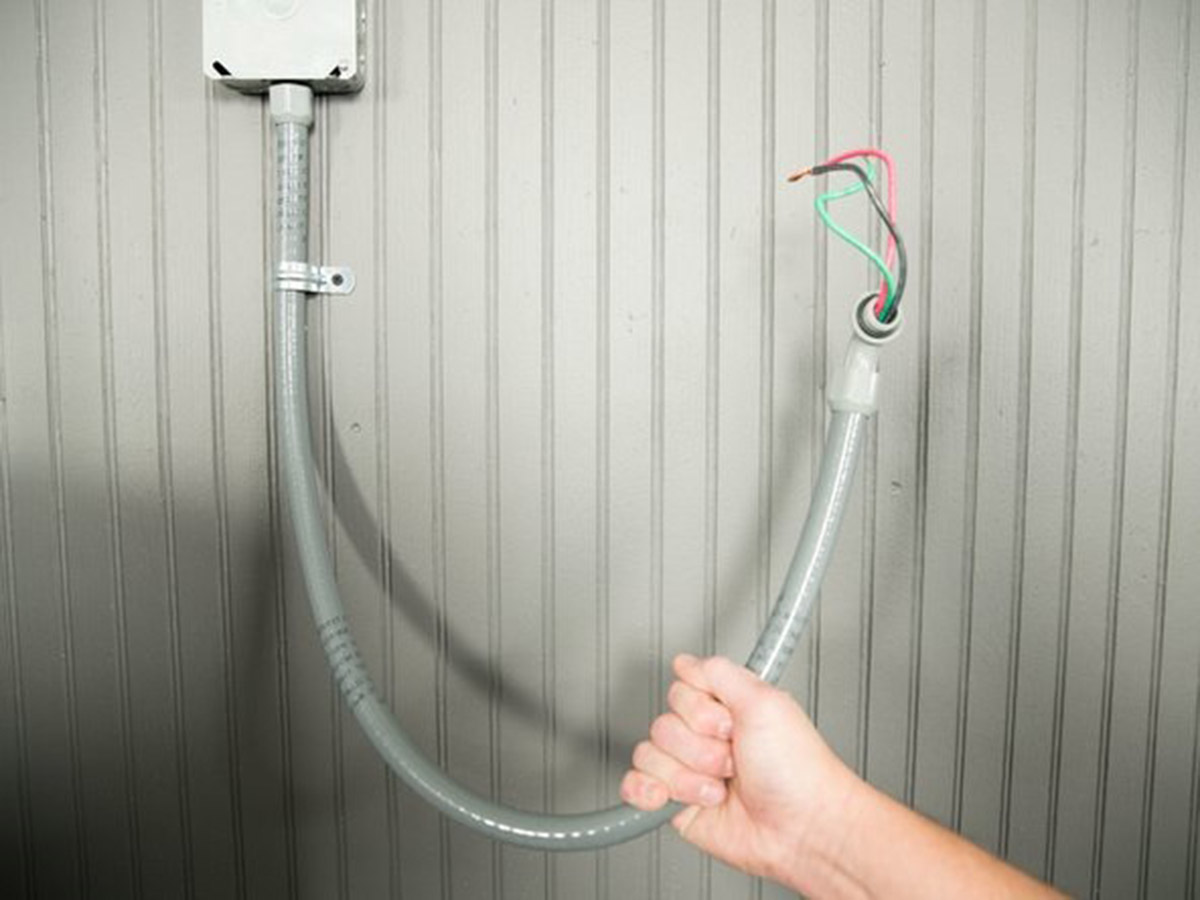
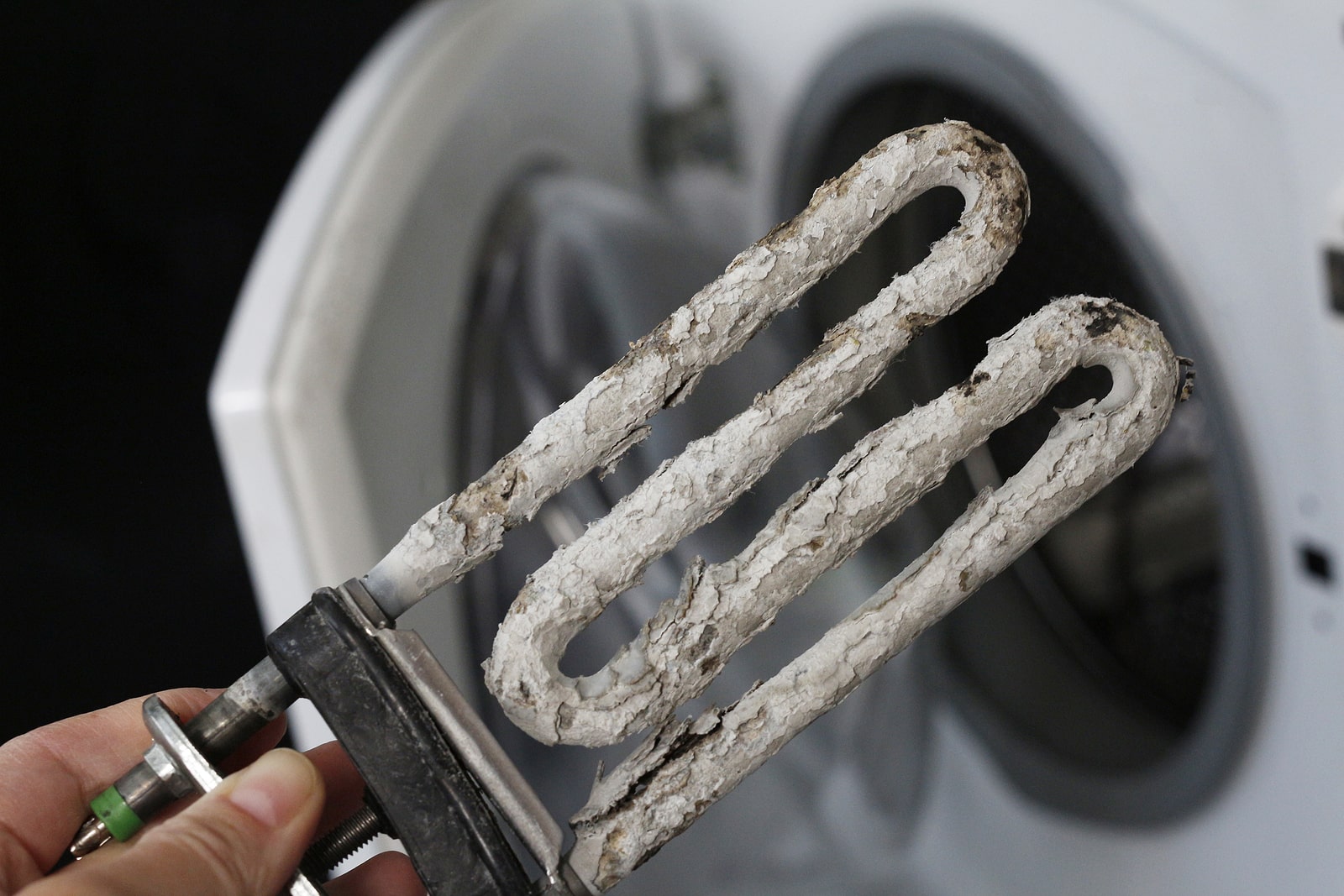
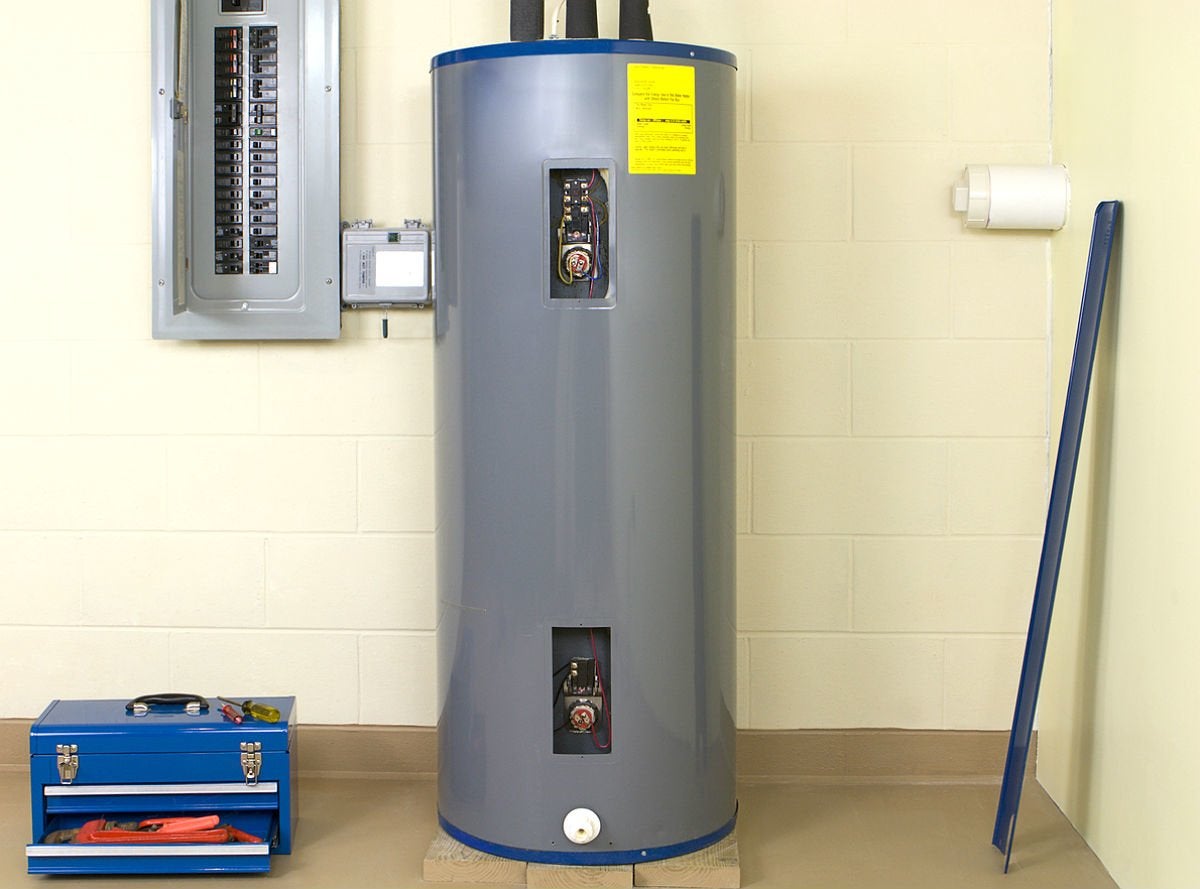
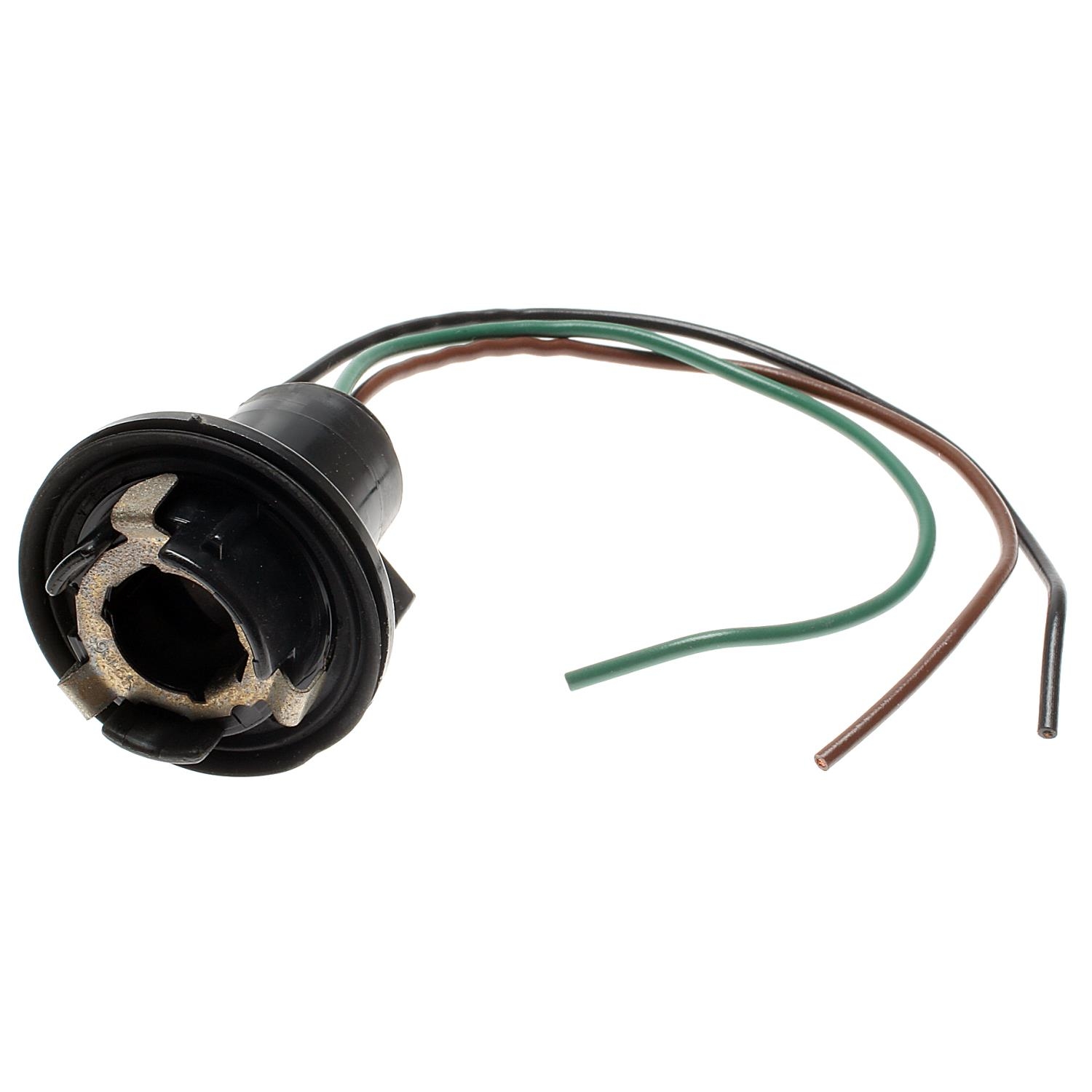
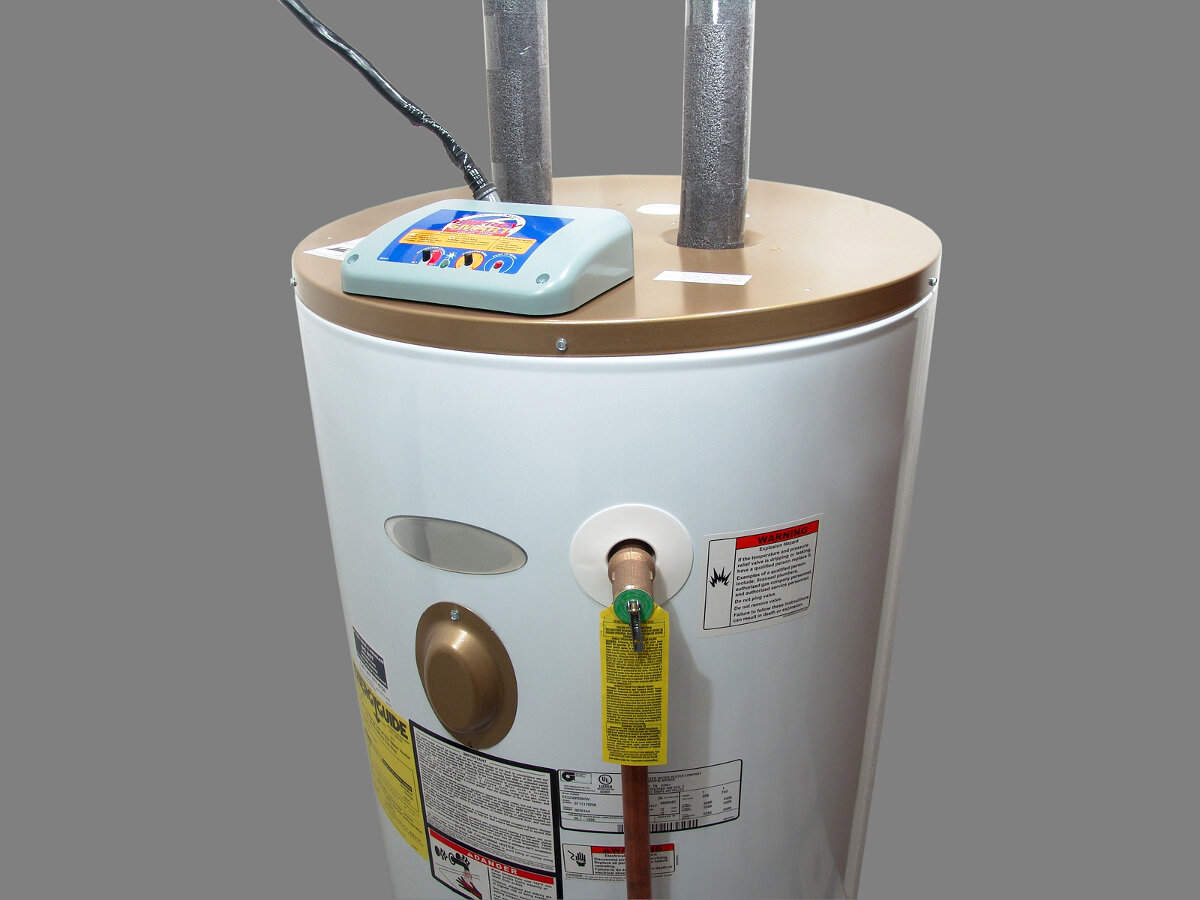
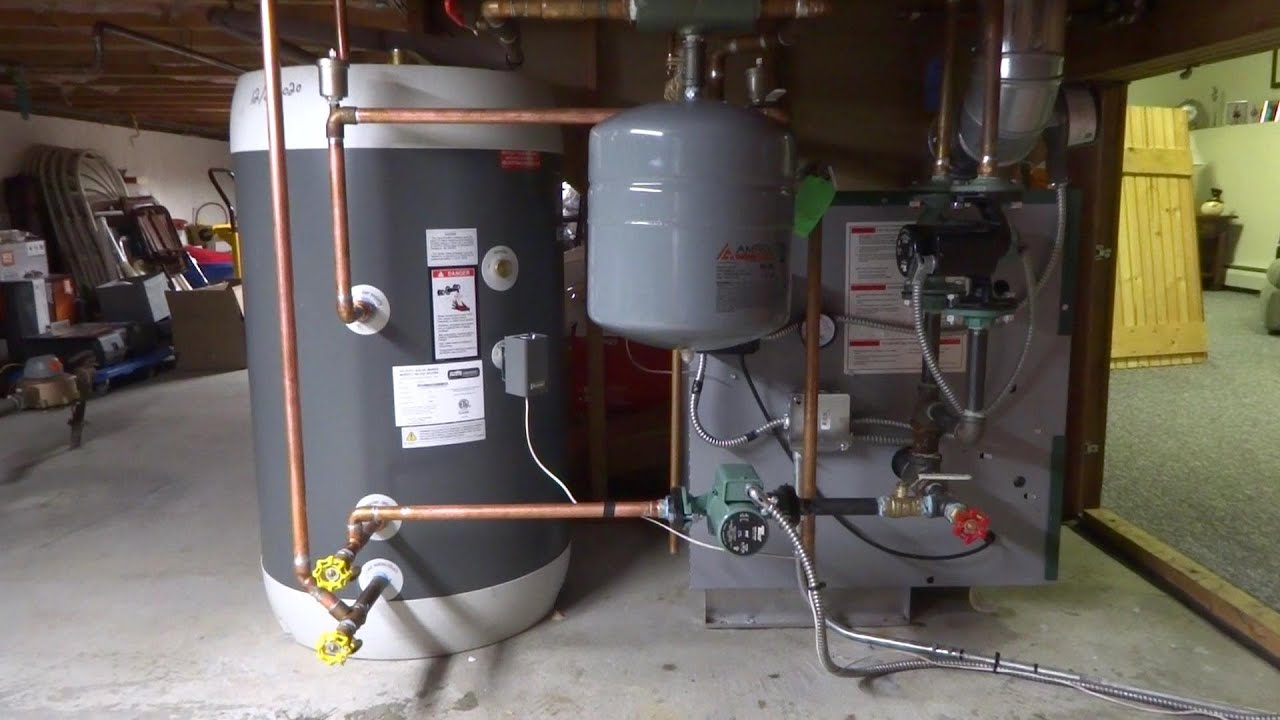

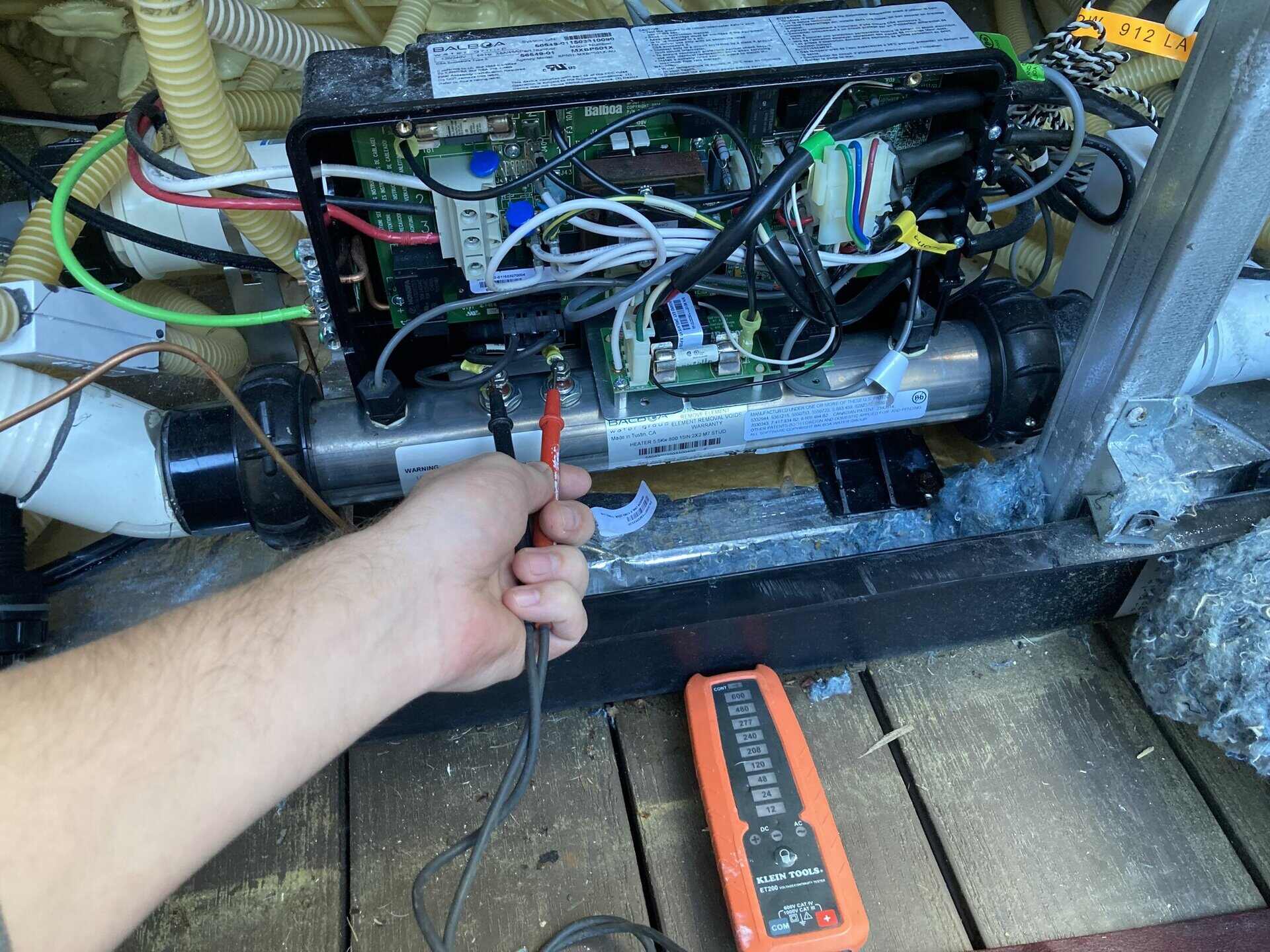
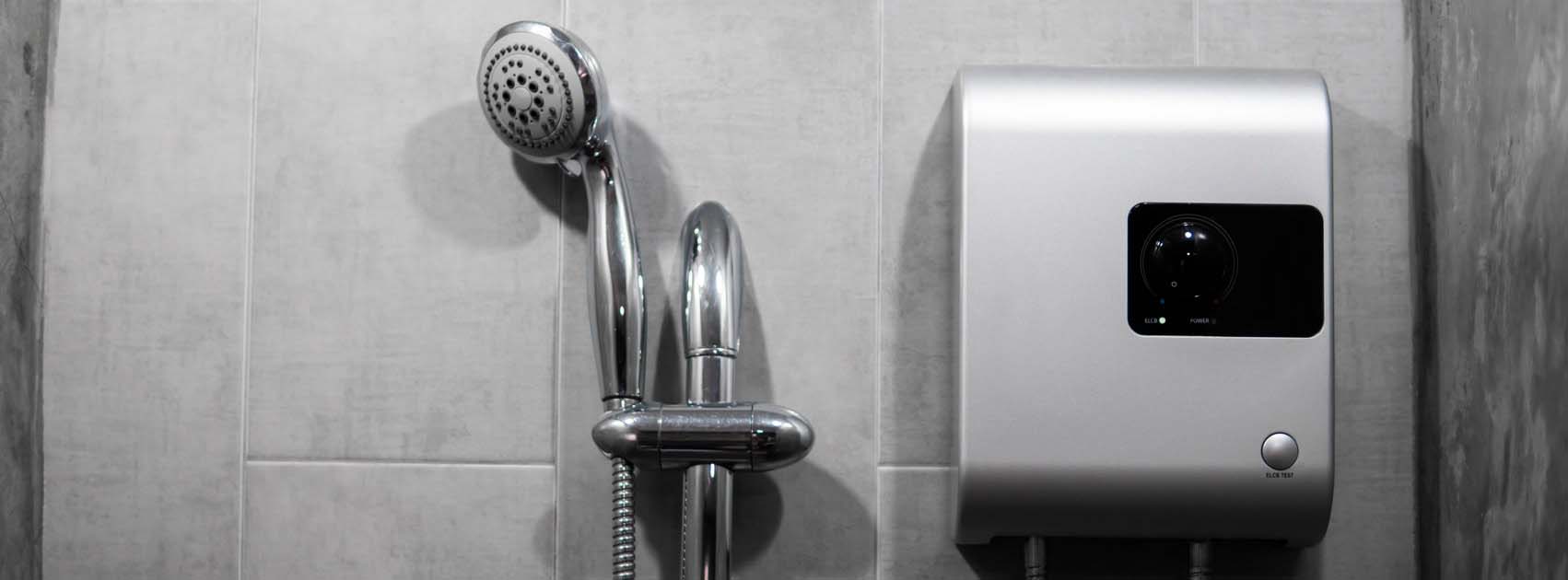
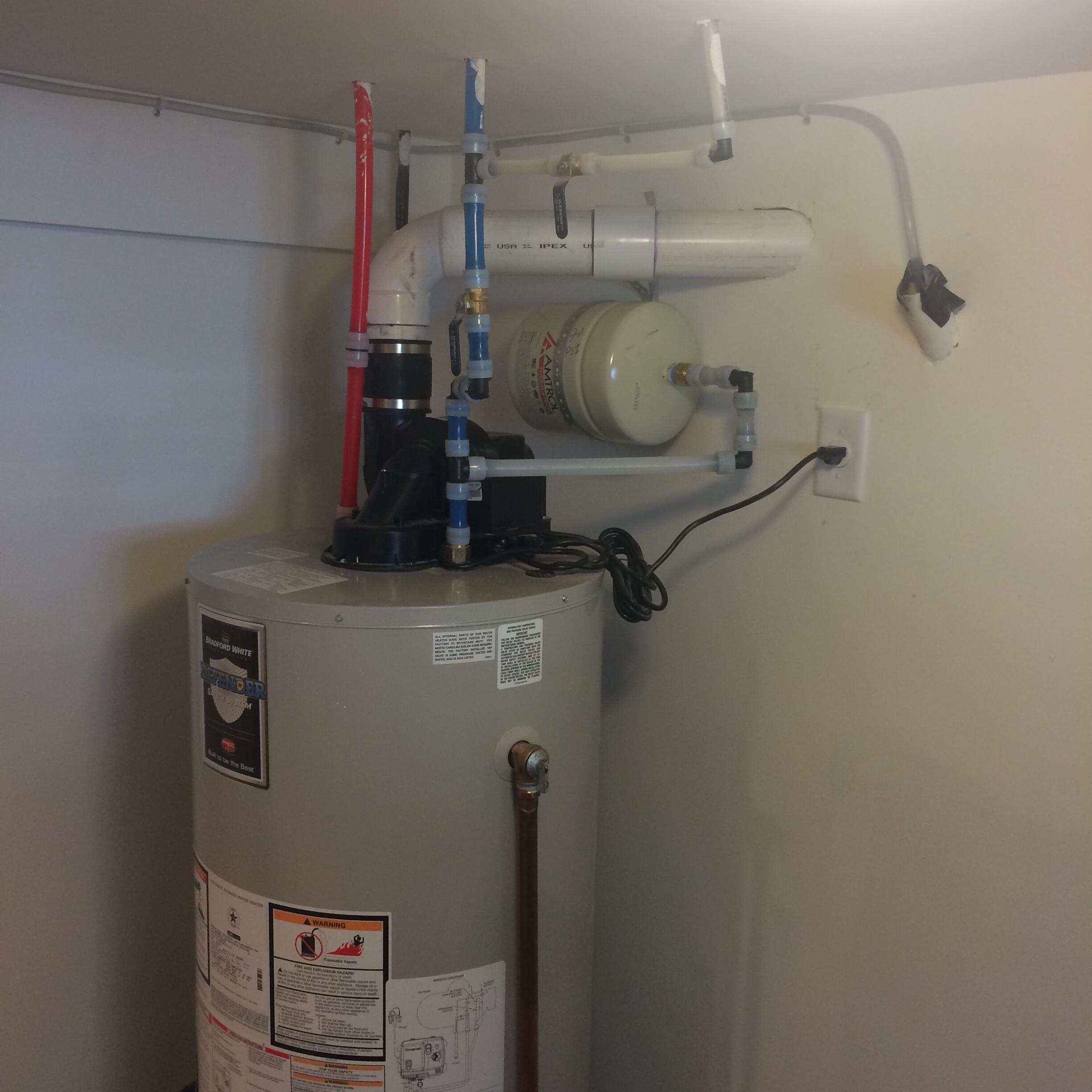
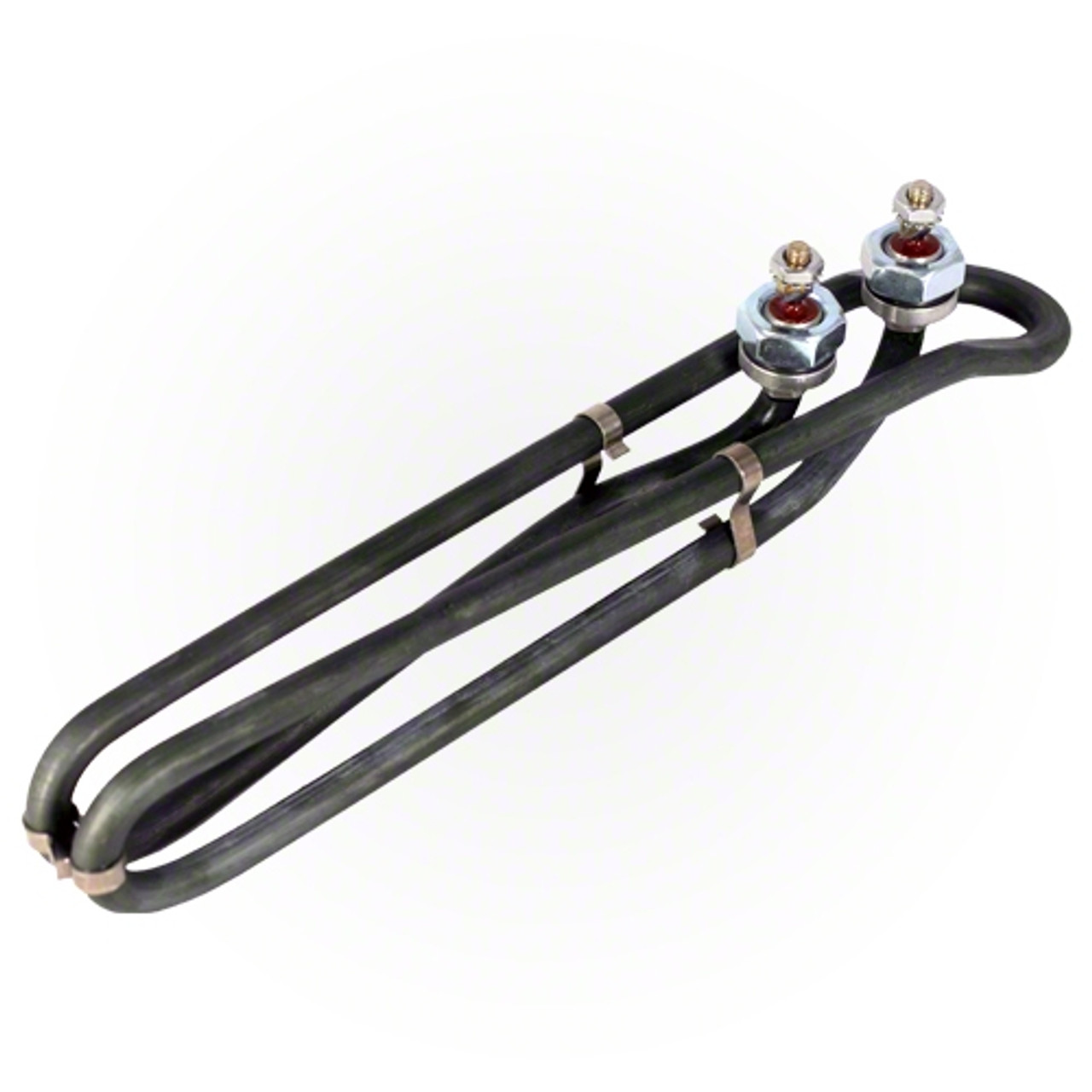
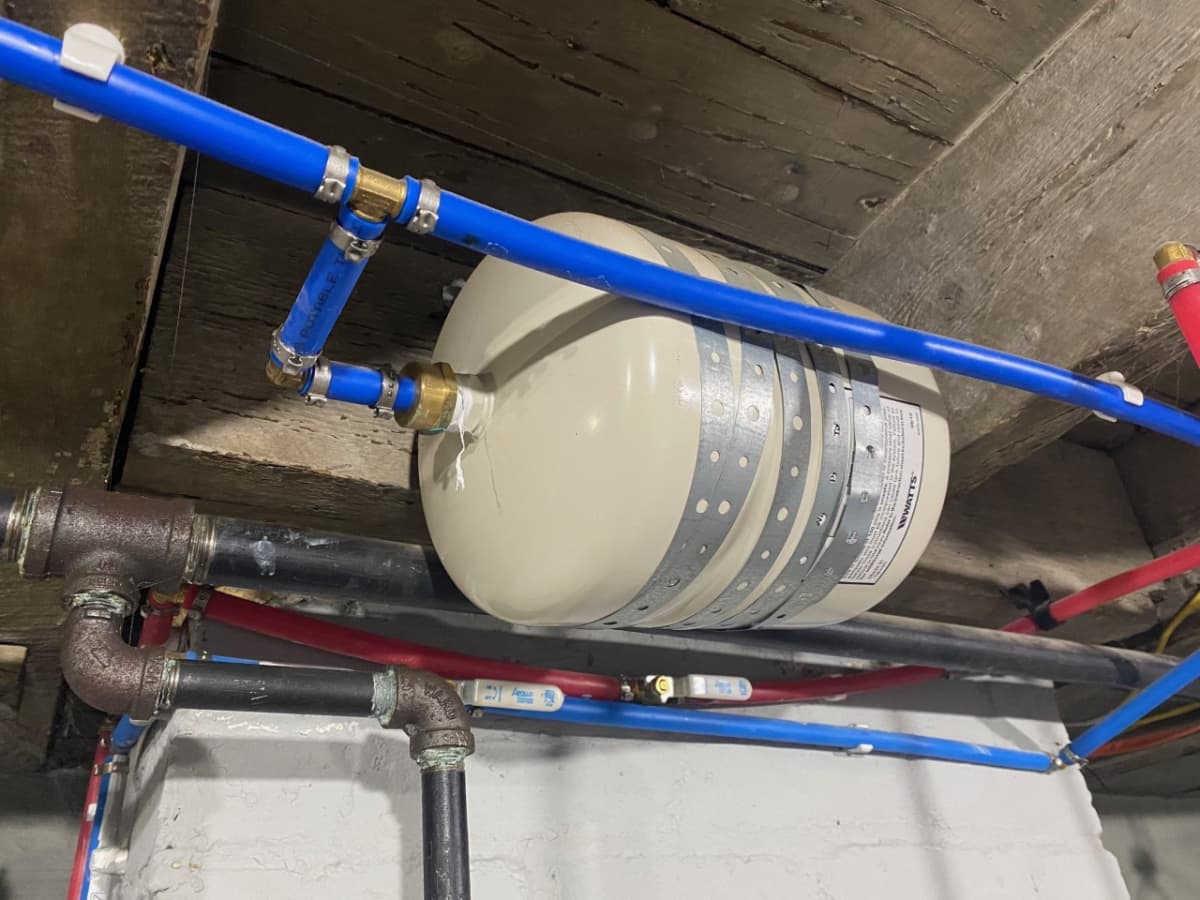
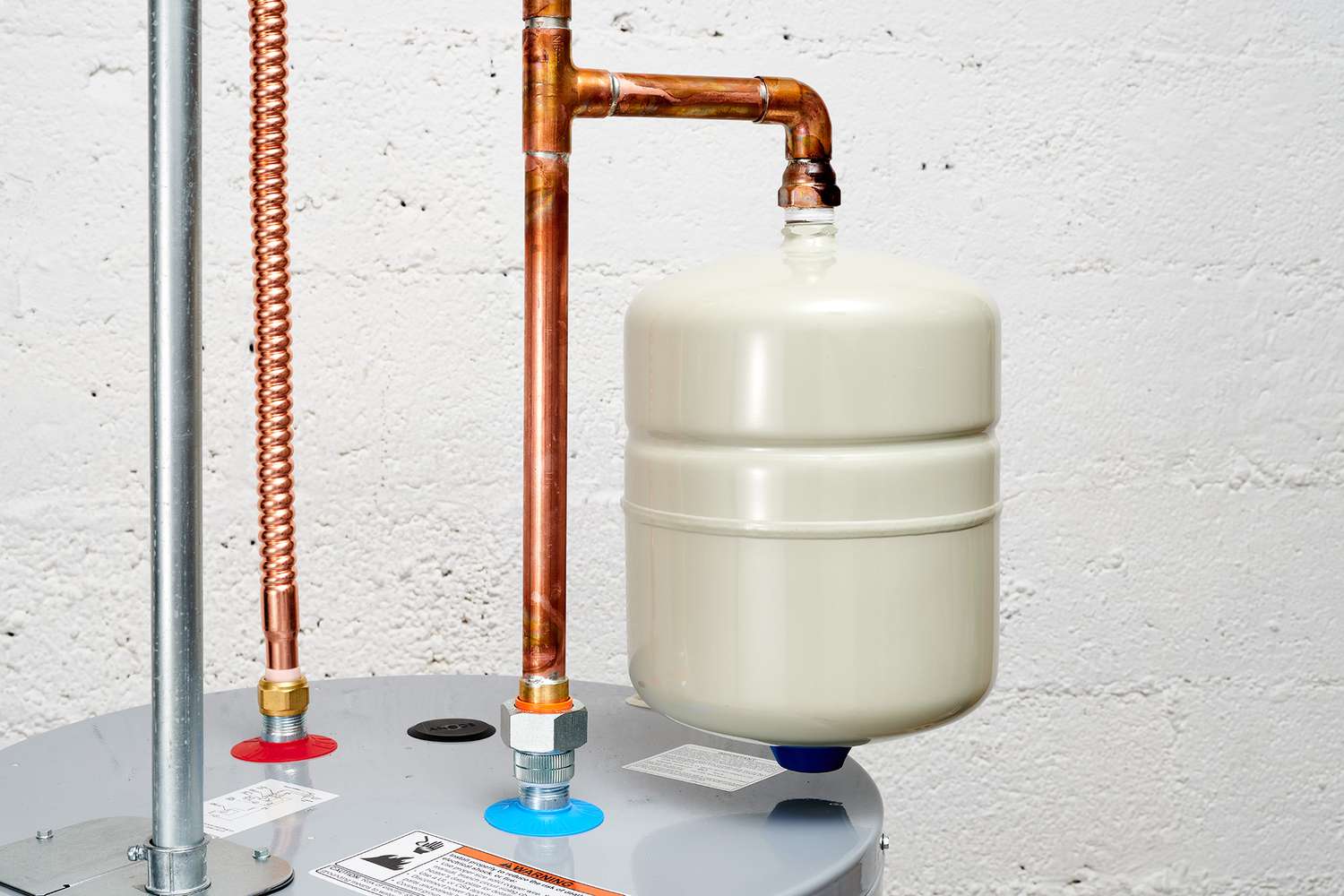

0 thoughts on “What Size Socket Is A Water Heater Element”